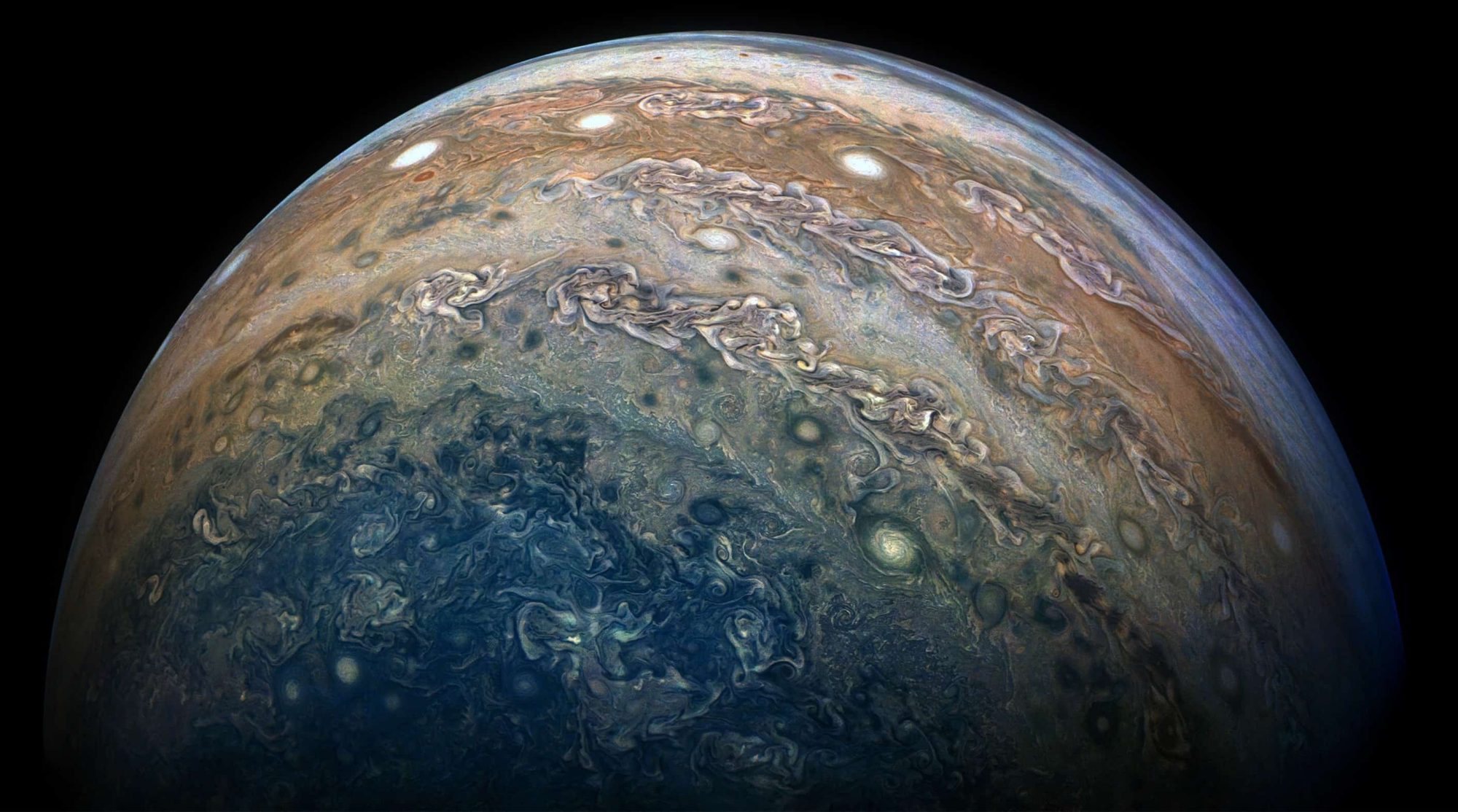18h of lectures, 3 ECTS
Head: Bertrand Plez (Université de Montpellier)
This UE covers the essential basics necessary to a good understanding of the physics of stellar atmospheres and winds. Essential elements of the theory of radiative transfer are covered, in LTE (local thermodynamical equilibrium) and non-LTE, as well as the description of the gas (equation of state) and its interaction with the radiation field (opacities). Modern models and simulations are presented together with their application to the determination of stellar parameters, in particular chemical composition, via spectroscopy. The different types of stellar winds (pressure, radiative, hybrid) are described via theories compared to observations.
Goals:
- Ensure the fundamentals of radiative transfer to approach most astrophysical problems
- Acquire the basics of stellar atmosphere physics allowing to approach the specialized publications in the domain
- Know the essential theories of stellar winds, and the relevant mechanisms
- Know how to apply this knowledge to perform calculations, estimate orders of magnitude, or test a theory
- Know the existence of the emblematic numerical codes of atmosphere simulation and their application domain
Contents:
- Advanced radiative transfer: LTE, non-LTE, line formation, atomic processes, radiative equilibrium, grey atmosphere
- Stellar atmospheres: equations and physical ingredients, structure, hydrostatic atmospheres, convection, 3D radiatives hydrodynamic simulations, diagnostics
- Stellar spectroscopy: two-level atom, line broadening, determination of the chemical composition of atmospheres
- Stellar winds: solar wind, radiative winds of hot stars, hybrid winds of red giants
